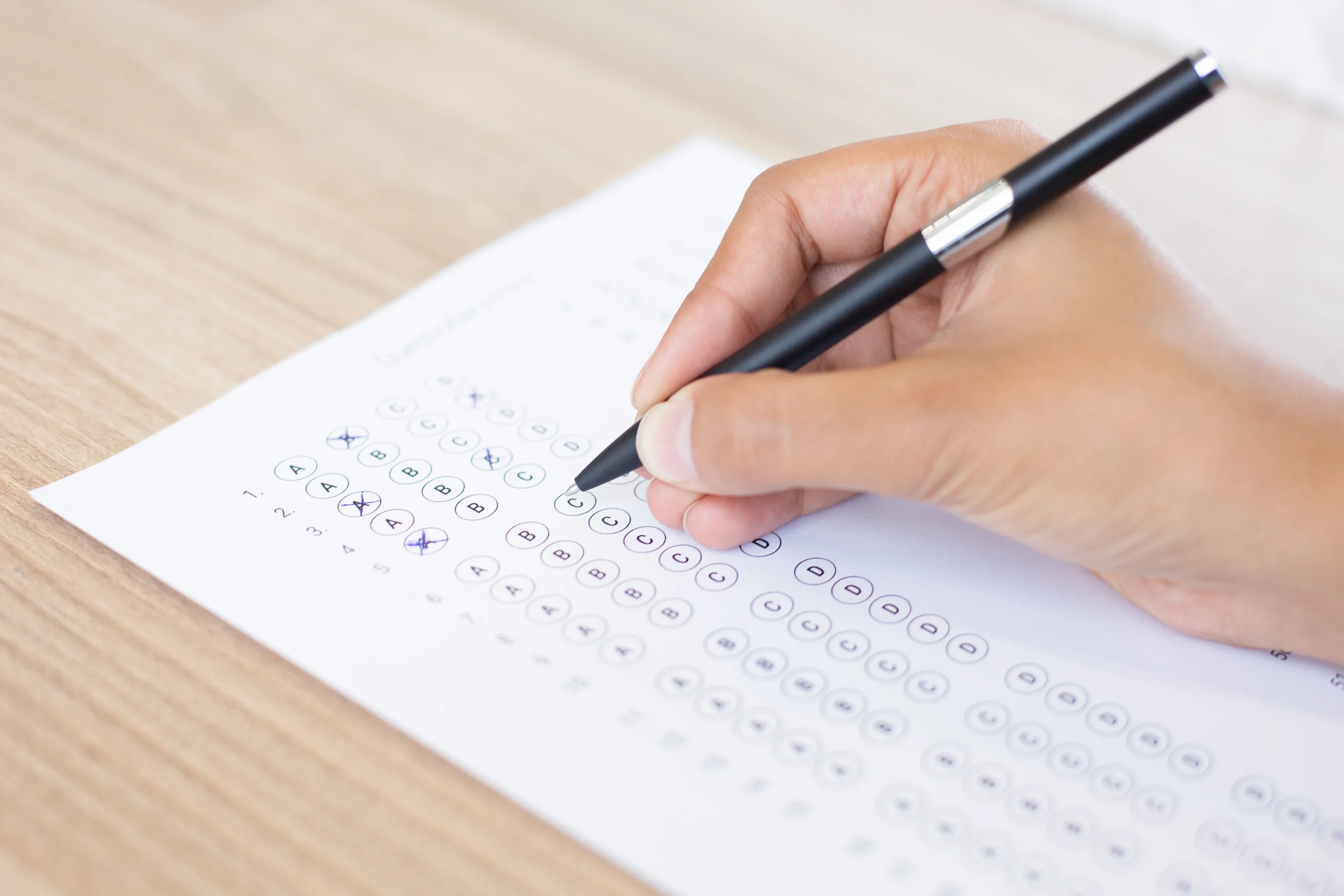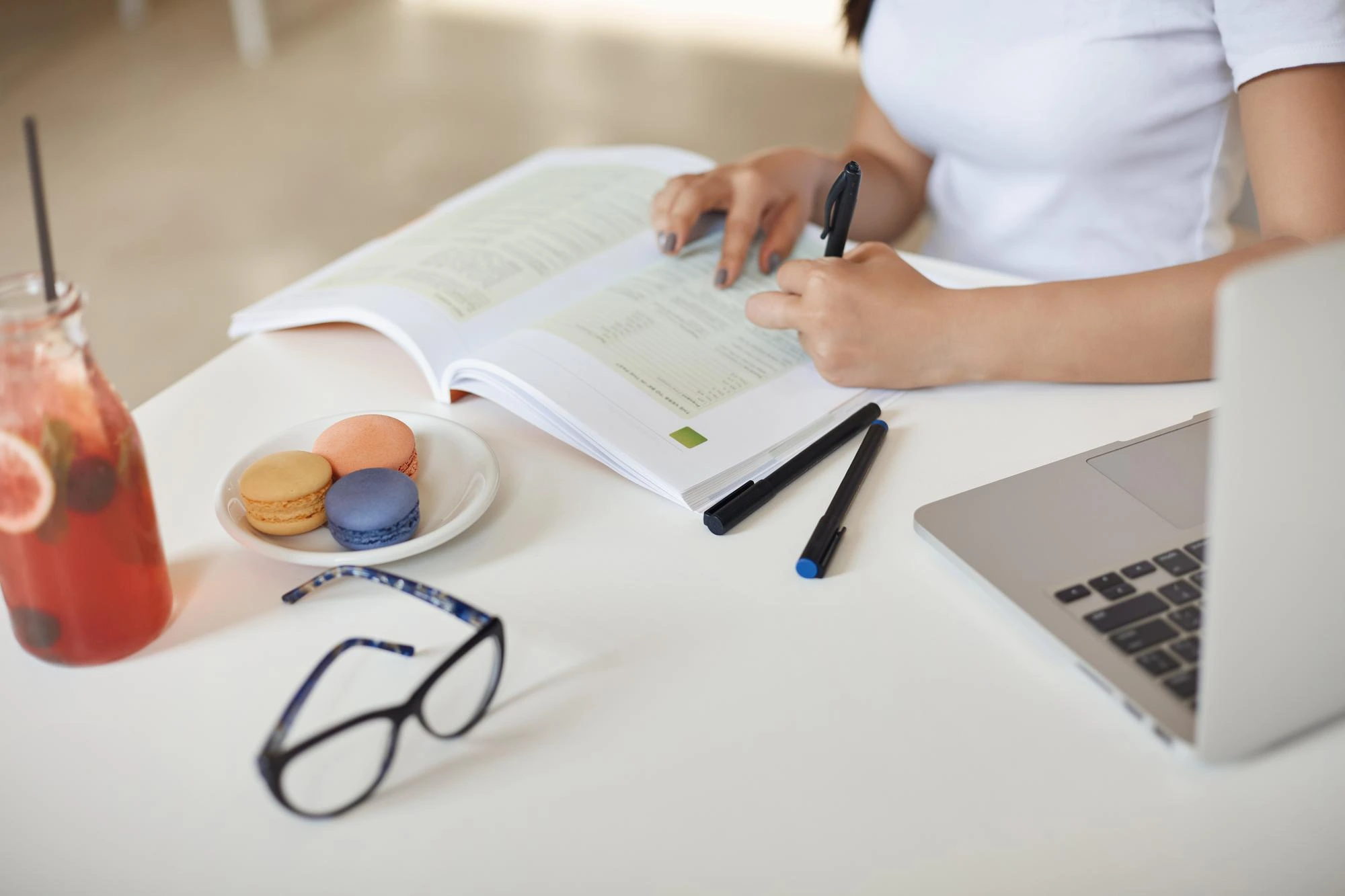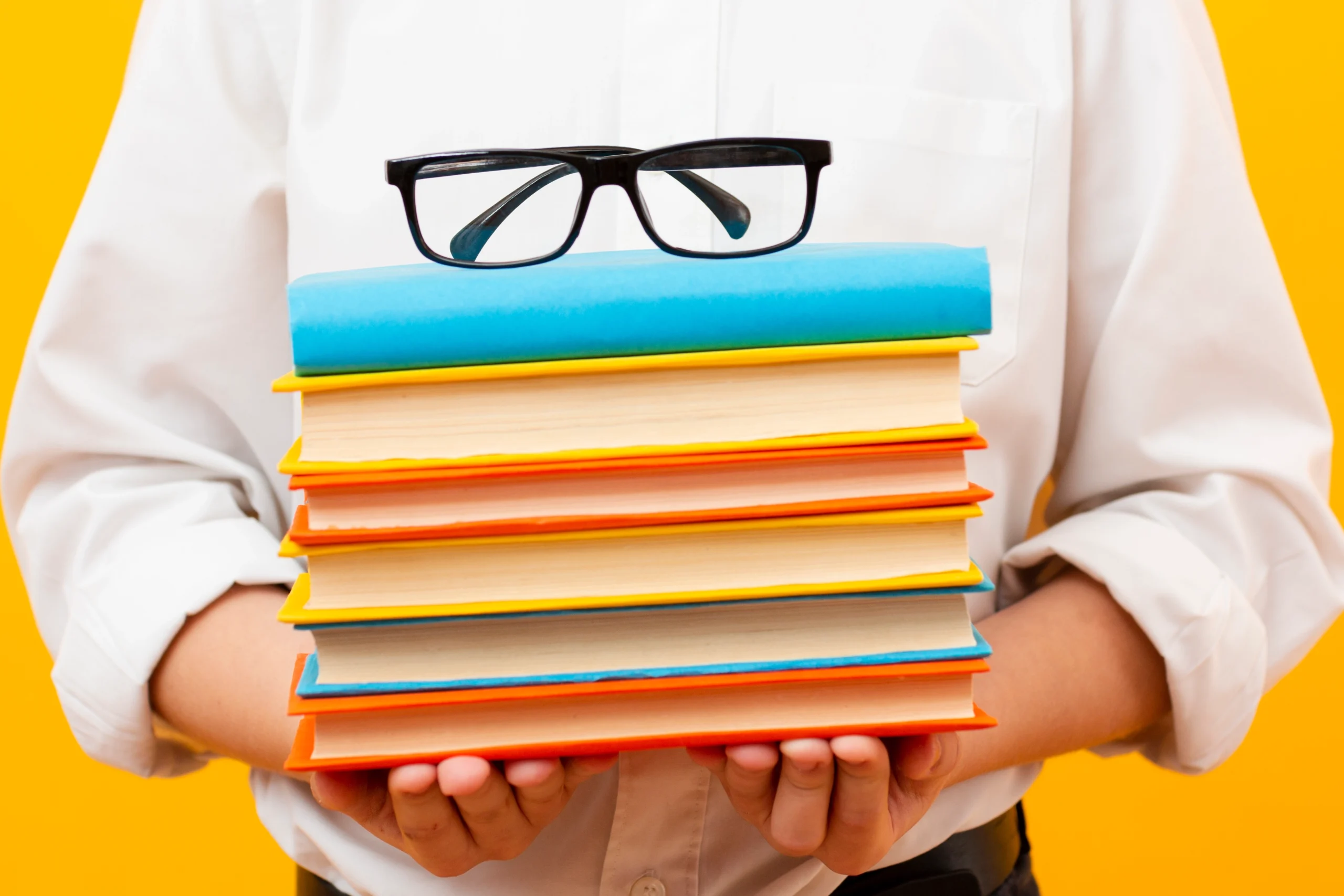Modern education increasingly recognizes that one-size-fits-all instruction doesn’t serve all students equally well. Children learn at different paces, have varied interests, and bring unique strengths and challenges to the classroom.
This reality has driven growing interest in personalized learning strategies that adapt instruction to individual student needs rather than expecting all students to follow identical paths.
The UAE’s education system faces particular pressure to adopt more personalized approaches. Classrooms across the Emirates bring together students from over 200 nationalities, speaking dozens of home languages, and arriving with vastly different educational backgrounds.
The Importance of Personalized Learning in UAE Classrooms
Meeting the Needs of Diverse Student Populations
UAE classrooms serve remarkably heterogeneous student groups. A single class might include native Arabic speakers, children learning Arabic as a foreign language, students fluent in English, and multilingual learners comfortable in neither language of instruction.
Academic preparation varies widely too, with some students arriving from rigorous international programs while others transfer from schools with less demanding curricula.
Traditional teaching approaches that assume relatively uniform student preparation and ability struggle in such diverse environments. Teachers often feel forced to choose between pacing for advanced students while losing struggling learners, or slowing down to ensure everyone understands basics while boring those ready for greater challenges.
Fostering Student Engagement and Motivation
Students engage more deeply when instruction connects to their interests and operates at appropriate challenge levels. Material that’s too easy bores students, while content that’s too difficult frustrates them. Both situations reduce motivation and effort. Personalized learning strategies help teachers maintain that productive middle ground where students feel appropriately challenged but not overwhelmed.
Choice also drives engagement. When students have some input into what they learn or how they demonstrate understanding, they invest more personally in their education. This autonomy helps develop intrinsic motivation that persists beyond external rewards or requirements.
Aligning with UAE Educational Goals
The UAE’s national educational vision emphasizes developing 21st-century skills like critical thinking, creativity, and self-directed learning. These competencies develop best when students have opportunities to make decisions, pursue interests, and take ownership of their learning. Personalized learning strategies naturally support these goals by giving students more agency in their educational experiences.

Key Components of Personalized Learning Strategies
To define personalized learning fully requires understanding several core components that distinguish it from traditional instruction. These elements work together to create learning environments responsive to individual student needs.
Student-Centered Learning
Student-centered learning places learners at the center of educational decisions rather than organizing everything around teacher convenience or administrative simplicity. This means considering what students need, what motivates them, and how they learn best when planning instruction. Teachers still guide and direct, but they do so with constant attention to individual student progress and needs.
Flexible Learning Paths
Personalized learning strategies allow different students to progress through content at different rates and sometimes in different sequences. A student who grasps mathematical concepts quickly might move ahead while another who needs more time receives additional practice and support. Both students ultimately master the required content, but neither wastes time on pacing that doesn’t serve their needs.
Data-Driven Instruction
Effective personalization requires knowing where each student stands academically. Teachers use formative assessments, observation, and various data sources to understand student progress and adjust instruction accordingly. Technology often supports this by tracking student work and identifying patterns teachers might miss when managing large classes.
Competency-Based Learning
Rather than advancing based on time spent studying, competency-based approaches let students progress when they demonstrate mastery. This ensures students build solid foundations before moving forward while allowing those who master content quickly to advance without waiting for classmates.
Strategies for Teachers to Implement Personalized Learning
UAE educators can implement personalized learning strategies without completely overhauling their classrooms overnight. Starting with manageable changes and gradually expanding personalization creates sustainable improvements.
Setting Clear Learning Goals
Personalized learning strategies require crystal-clear learning objectives so students understand what they’re working toward and teachers can assess whether students have achieved goals regardless of the path taken. These objectives should focus on demonstrable skills and understanding rather than simply covering material.
When students understand learning targets, they can participate more meaningfully in their education. They recognize what they’ve mastered and what requires more work, developing metacognitive awareness that supports lifelong learning.
Building Individual Learning Profiles
Teachers implementing personalized learning strategies benefit from understanding each student’s academic strengths, challenges, interests, and learning preferences. This doesn’t require formal assessments for everything—observation and conversation reveal much about students. The key is using this knowledge to inform instructional decisions.
Learning profiles might include information about reading levels, mathematical skills, language proficiency, preferred learning modalities, interests that could connect to academic content, and areas where students need extra support or challenge.
Providing Timely Feedback and Support
Personalized learning strategies depend heavily on feedback that helps students understand their progress and what they need to do next. This feedback should come frequently enough to guide students before they practice errors extensively or become discouraged by confusion.
Technology can help scale feedback by providing immediate responses to practice exercises, but human feedback from teachers remains necessary for deeper learning. The combination of automated feedback for routine practice and thoughtful teacher feedback on complex work supports student growth effectively.
Encouraging Student Autonomy
Gradually giving students more control over their learning helps develop self-direction and responsibility. This might start with simple choices about practice activities and progress to students having input on project topics or how they demonstrate understanding.
The goal isn’t complete student control—teachers still guide and structure learning experiences—but rather developing student capacity to make good educational decisions and manage their own learning processes.

Best Practices for Successful Personalized Learning in UAE Classrooms
Collaboration and Teacher Teams
Implementing personalized learning strategies works better when teachers collaborate rather than working in isolation. Teacher teams can share resources, discuss strategies, and support each other through the challenges that arise when changing instructional approaches.
Successful collaboration practices include:
Regular meetings where teachers share what’s working and troubleshoot challenges
Shared planning that allows teachers to divide the work of creating personalized resources
Peer observation where teachers learn from watching colleagues implement strategies
Collaborative analysis of student data to identify trends and adjust approaches
Incorporating Student Voice and Choice
Students should have regular opportunities to express preferences about their learning and make meaningful choices. This doesn’t mean letting students avoid challenging content, but rather giving them agency within appropriate boundaries. They might choose which of several texts to read, select project topics within required parameters, or decide how to demonstrate mastery of specific skills.
Actively seeking student input about what’s working and what isn’t helps teachers refine their personalized learning strategies. Students often provide insights about their learning that teachers might not recognize otherwise.
Balancing Technology with Human Interaction
Technology enables many personalized learning strategies by managing information about individual student progress, providing adaptive practice, and offering content in multiple formats. However, technology should enhance rather than replace human relationships that remain central to effective teaching.
Key considerations for technology integration include:
Using digital tools to handle routine tasks so teachers have more time for meaningful student interaction
Ensuring technology serves clear educational purposes rather than being used for its own sake
Maintaining personal connections with students even as some instruction becomes technology-mediated
Teaching students to use educational technology effectively and responsibly
Regularly evaluating whether specific tools actually support learning goals
The most effective personalized learning environments blend technology’s efficiency with teachers’ irreplaceable ability to inspire, motivate, and respond to the full complexity of student needs.
Conclusion
Personalized learning strategies offer UAE educators powerful tools for addressing the diverse needs of their students while maintaining high academic standards. By focusing on individual student progress, providing flexible learning paths, and giving students appropriate autonomy, these approaches help all students achieve their full potential regardless of their starting points.
The shift toward more personalized instruction requires changes in how teachers plan, how classrooms operate, and how student progress gets measured. These changes take time and effort, but the benefits for student engagement, achievement, and development of self-directed learning skills make the investment worthwhile.


